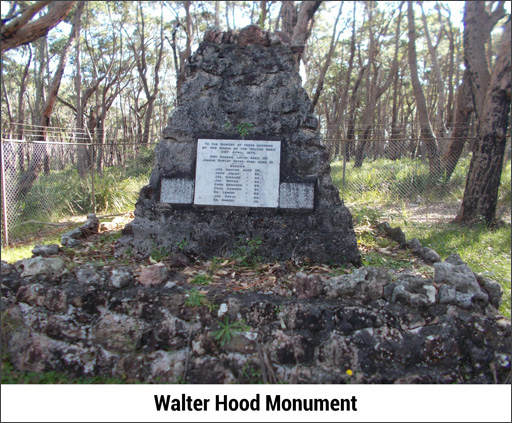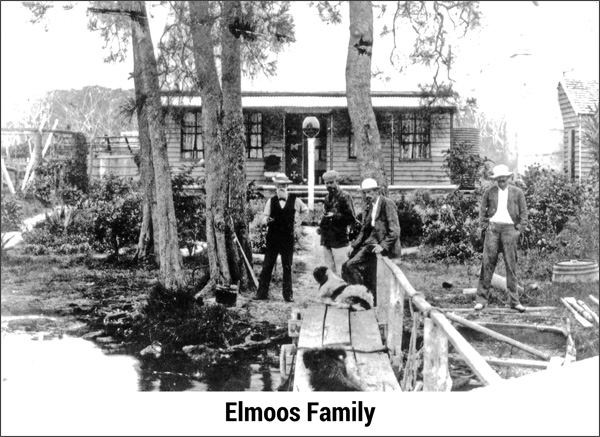Aboriginal History
 Aboriginal people existed in the South Coast Region long before the sea rose to its current level and the Bherwerre Peninsula was created.
Aboriginal people existed in the South Coast Region long before the sea rose to its current level and the Bherwerre Peninsula was created.
More than 100 pre historic Aboriginal sites have been recorded on the Bherwerre Peninsula, including shell middens, rock shelters, burial sites and ceremonial grounds.
Aboriginal people established camps where food and water was abundant and hunting and gathering was bountiful. The main sources of foods were yams, berries, and native animals such as kangaroos, possums and echidnas.
Prior to European occupation the area around Sussex Inlet was occupied by the Dhurga Aboriginal tribe who called the basin behind the Inlet Bherwerre and it was renowned for an abundant supply of fish.
Seafood has always been a major part of the diet of Dhurga people and oysters, abalone, pipis and mussels were easily found. Fish catches also proved plentiful with net fishing playing a major role in the lives of the people of Wreck Bay.
Today the Booderee National Park on the shores opposite Sussex Inlet are managed by the Wreck Bay Aboriginal community and there are many stories of a strong respect between the Aboriginal people and the Ellmoos family who shared their love of fishing and early boat building.
European Settlement
 The first Europeans to walk through the area were survivors of the wreck the Sydney Cove in 1797. In 1827 the surveyor Thomas Florence travelled to St Georges Basin and mapped Sussex Inlet and noted the Dhurga Aboriginal name for the area was Bherwerre.
The first Europeans to walk through the area were survivors of the wreck the Sydney Cove in 1797. In 1827 the surveyor Thomas Florence travelled to St Georges Basin and mapped Sussex Inlet and noted the Dhurga Aboriginal name for the area was Bherwerre.
In the 1840’s two brothers Richard and John Glanville with their families took a land grant at Berrara just south of Sussex Inlet and began clearing the land to encourage other settlers into the area. Located on a staging route which ran between Ulladulla and Nowra the fertile land and excellent fishing would soon bring dairy farmers and timber cutters to the area in the 1860’s.
Although it was not named until the 1850s, Wreck Bay on the coastal side of Sussex Inlet was a notorious part of the coastline south of Sydney. At the time, Welbank’s Nautical Almanac warned sea vessels to stay well clear of the coastline as ships were often swept into the bight and consequently grounded on large rock formations.
Grounded were the convict transport ship The Hive in 1835, and the Walter Hood in 1870, the deceptive and treacherous conditions would wreck over a dozen ships.
The Walter Hood was travelling from Melbourne with tiles for St Mary’s Cathedral in Sydney when gale force winds at Red Head buffered the ship into rocks at Wreck Bay. It would take a week for help to arrive, and the 13 passengers that died in the shipwreck are commemorated in a monument erected on Red Head later the same year.
Our Danish Connection
 Sussex Inlet also has a Danish connection all thanks to an intrepid and adventurous Danish seaman, Jacob Ellmoos.
Sussex Inlet also has a Danish connection all thanks to an intrepid and adventurous Danish seaman, Jacob Ellmoos.
In 1878, Jacob was 15 years old when he arrived in Port Adelaide, South Australia and decided to travel north. He walked over 1,000 miles and eventually established himself at the South Head Signal Station, near Watsons Bay, in Sydney, which was then a fishing village.
Acquiring a seaworthy boat he sailed south, fishing the coastal waters and finally made his base at Cape St George lighthouse on the southern headland of Jervis Bay.
On a fishing trip in November 1880, he crossed the bar at the entrance of Sussex Inlet and thus began the Ellmoos family association with Sussex Inlet.
He found rich fishing grounds and unspoilt beauty and soon sought and was granted a selection of 1200 acres of land on the northern bank of the inlet. So began the story of Sussex Inlet, originally named ‘Sussex Haven’ by Captain Cook on his epic journey of discovery.
Each year on the June long weekend we celebrate our Danish heritage with the Viking Festival.







